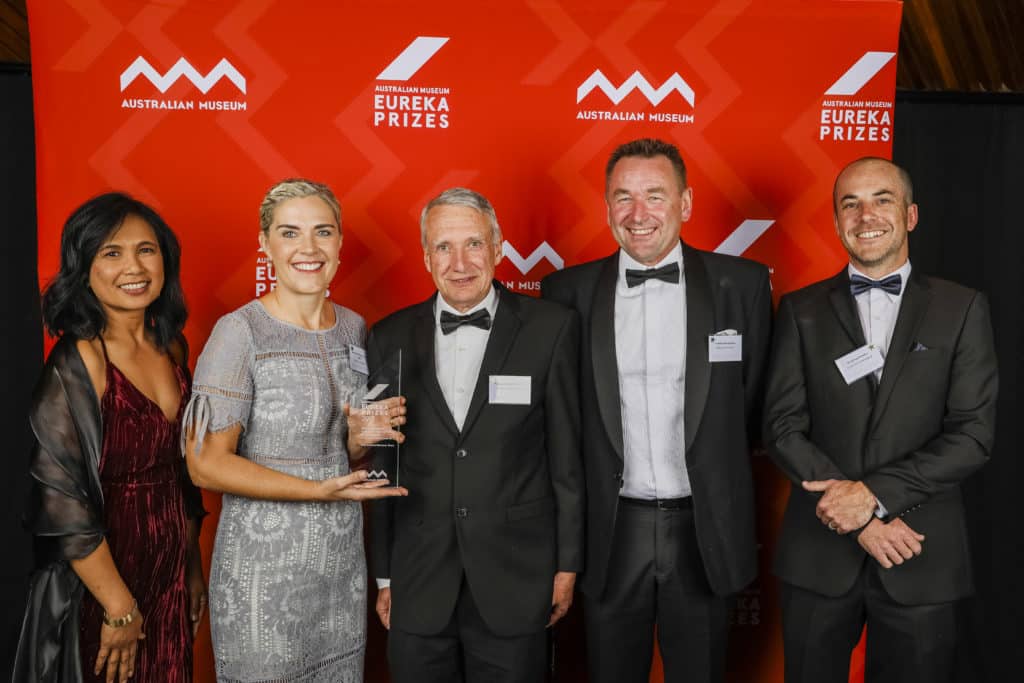Investigating solar panels, joint lubricants, COVID-19 and much more.
A neutron beam instrument, gifted to Australia by German materials research agency HZB, is now operating at the ANSTO nuclear reactor in Sydney.
Continue reading The neutron zoneA neutron beam instrument, gifted to Australia by German materials research agency HZB, is now operating at the ANSTO nuclear reactor in Sydney.
Continue reading The neutron zone
Carbon dioxide capture by coastal ecosystems operates in direct relation to the speed of sea level rise.
That was the conclusion of extensive research conducted by a team of scientists from Macquarie University, University of Wollongong and ANSTO – work that has now won the scientists the NSW Environment, Energy and Science (DPIE) Eureka Prize for Environmental Research.
Continue reading Blue Carbon Horizons team wins Eureka Prize for Environmental ResearchMaking higher quality carbon fibre will be easier thanks to infrared analysis being used at the Australian Synchrotron.
The tough fibre, which is 10 times stronger and five times lighter than steel, is made by heating a synthetic product called polyacrylonitrile (PAN) in temperatures up to 600°C.
Some aircraft, high performance cars and the new electric BMW i3 are partly made with it. But slow and costly manufacturing methods currently deter the mass use of carbon fibre in automotive and aeronautical industries.

Credit: Floriana Salvemini, ANSTO
“Japan’s leadership in electronics, advanced manufacturing and computing complements Australia’s leadership in agriculture, health and minerals,” says the Australian Nuclear Science and Technology Organisation’s (ANSTO) Robert Robinson, who chaired an Australia Japan Neutron Science Workshop in 2013.
The collaboration is contributing to research into: hard magnets for electric cars; new high density plastics; superconducting cables for the ITER fusion reactor; and the structure of a range of biological molecules.
They are also working together on ways to determine, within seconds of a warning, the scale and likely impact of an earthquake.
Rapid detection and warning systems combined with smart engineering saved many lives in the Great Japanese Earthquake of 2011. But the earthquake and the resulting tsunami were much bigger than geological modelling suggested. The reasons for that might be found in deep history.
Big earthquakes may be separated by centuries or millennia. But earthquake hazard maps are based on information gathered since 1900 when modern seismographs came into use. It’s difficult to model events happening over millennia when you have not got deep historical information. Continue reading Reducing the impact of earthquakes